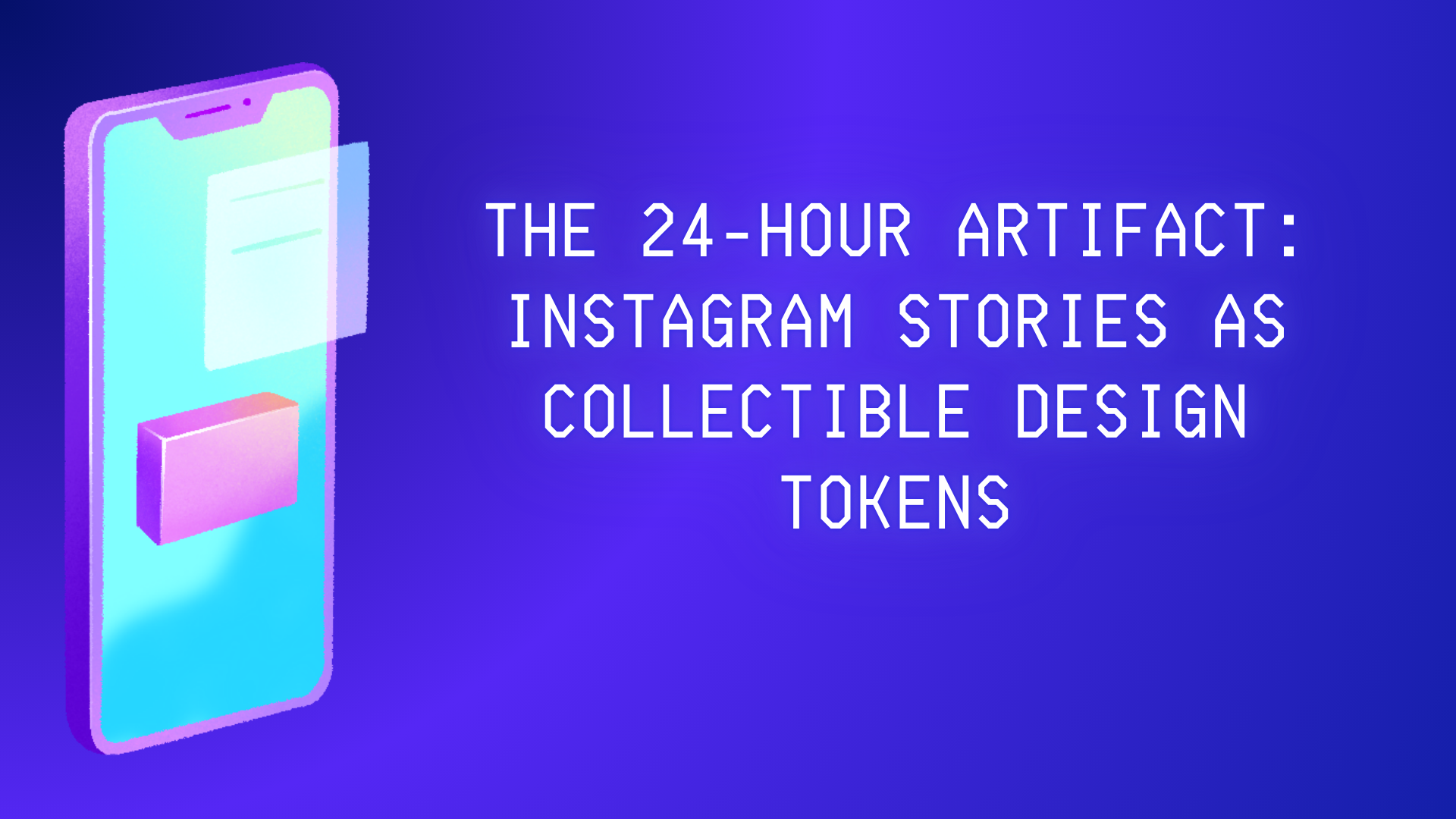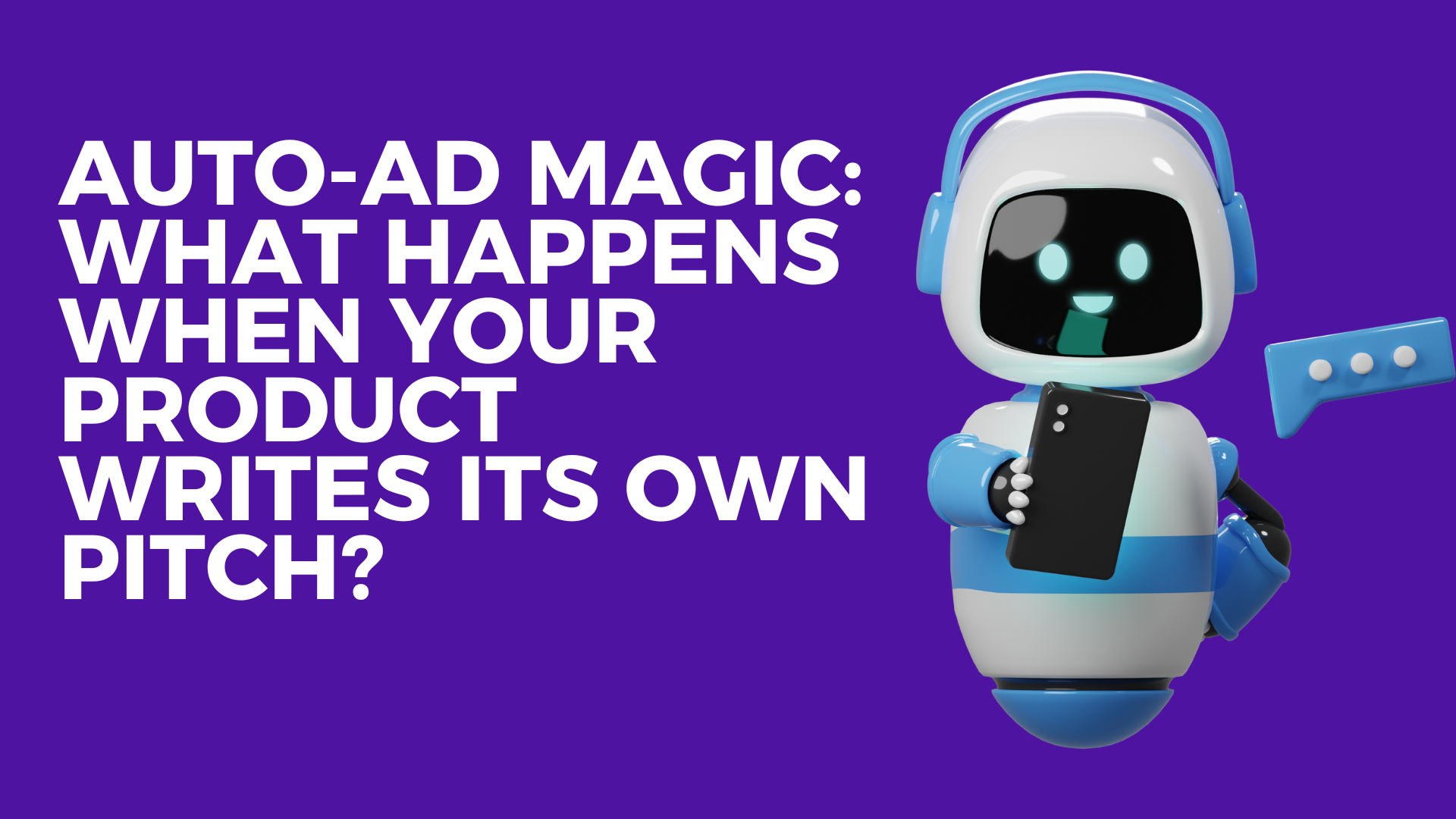Introduction
In today’s rapidly evolving digital music landscape, tools powered by artificial intelligence are no longer considered novelties but rather essential resources that redefine how both professionals and casual creators approach the act of producing, editing, and sharing sound. Among the many platforms that promise to streamline and elevate the creative workflow, MusicCreator AI has emerged as a surprisingly versatile solution, and one of its most discussed features—the AI Vocal Remover—has already begun to attract considerable attention across diverse segments of the music community.
First Encounters with MusicCreator AI
The platform itself welcomes users with a minimalistic yet intuitive design, creating a first impression that is far less intimidating than some of the more professional-grade digital audio workstations. Uploading a track to test the AI Vocal Remover is almost deceptively simple: a drag-and-drop interface, a few moments of processing, and suddenly you are presented with two stems—the vocals isolated on one side and the instrumental on the other. The clarity of separation, especially for mainstream pop and electronic tracks, is genuinely remarkable, as it demonstrates an ability to preserve tonal balance without introducing excessive distortion or unwanted artifacts.
Features That Stand Out
Although the platform does not solely revolve around vocal removal—since it also offers lyric-to-song conversion, automated mastering, and AI-driven composition—the AI Vocal Remover remains its most impactful feature. What makes it particularly compelling is the consistency of its output across multiple genres: whereas other tools falter when confronted with dense instrumentation or overlapping harmonies, MusicCreator AI demonstrates a level of adaptability that, while not perfect, is far beyond what casual users might reasonably expect from a browser-based solution.
Workflow and Practical Usability
What many creators appreciate is not only the quality of separation but also the speed and accessibility with which the results are delivered. Rather than navigating through layers of technical menus or adjusting complex parameter settings, users are able to focus on the creative process itself. This shift is particularly valuable in contexts where time efficiency is crucial, such as live performance preparation or rapid prototyping of remix ideas. For instance, a DJ preparing a set can, within minutes, generate clean acapellas that would otherwise require tedious editing, and this seamless experience highlights the practical strength of the AI Vocal Remover.
Who Stands to Benefit Most
While professional engineers might prefer retaining the flexibility of traditional DAWs, the primary audience for MusicCreator AI spans a wide spectrum of users: aspiring producers eager to remix popular songs, karaoke fans who want clean instrumental tracks, educators teaching music theory, and even podcasters seeking unobtrusive background music. Essentially, anyone with a creative idea that requires either removing or isolating vocals can derive immediate value from this tool, which demonstrates the practical universality of its AI Vocal Remover.
Final Assessment
After extended use, it becomes clear that MusicCreator AI achieves a delicate balance: it is simple enough for casual users to approach without hesitation, yet powerful enough to yield results that even seasoned creators may find genuinely useful. While limitations exist—particularly in relation to extremely complex audio material and the absence of advanced customization—the combination of speed, usability, and overall audio quality ensures that the AI Vocal Remover earns its reputation as one of the most practical AI-driven music tools currently available online.
Ultimately, the platform’s greatest strength lies not only in the technical execution of its features but also in the way it empowers creators to focus on ideas rather than obstacles, reinforcing the notion that in the evolving world of digital sound, imagination should always be the most important instrument.
















Post Comments